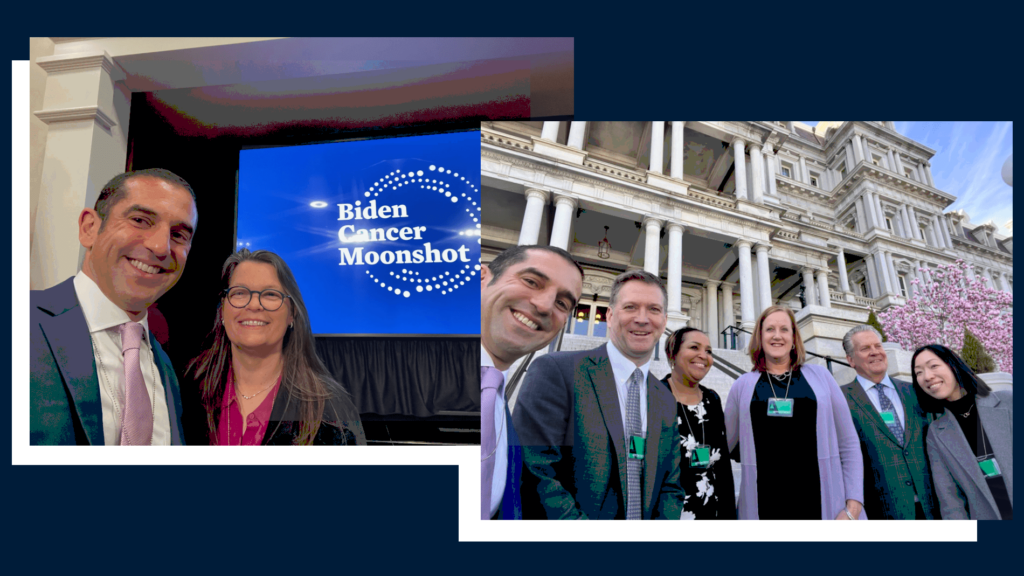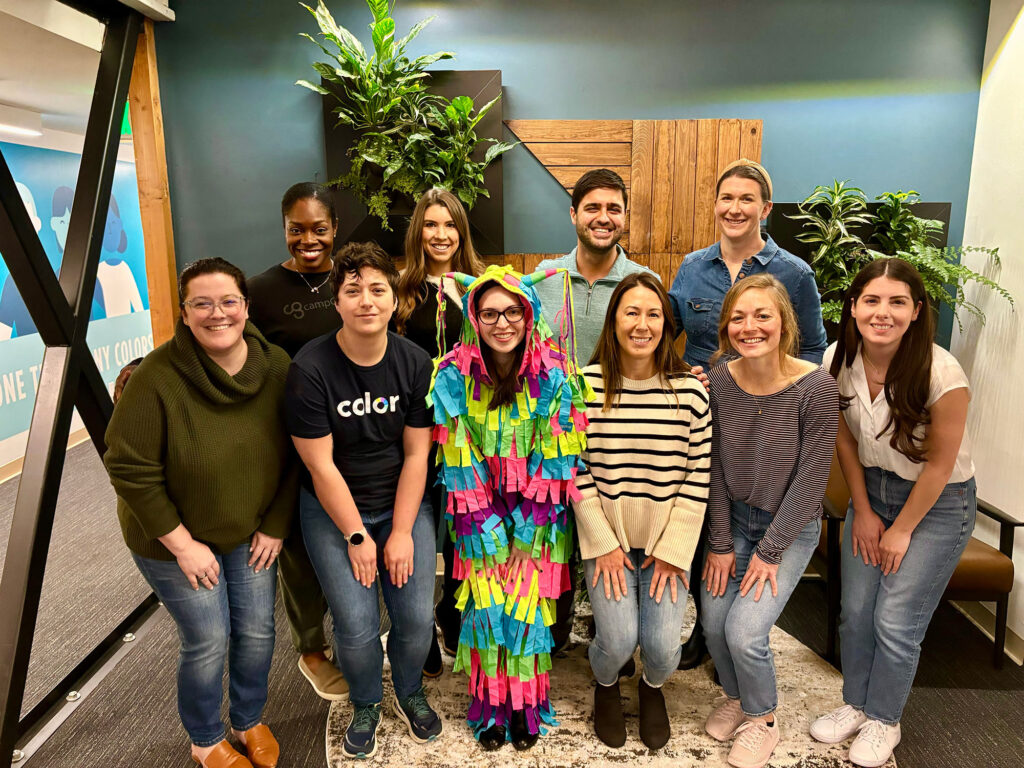News & Articles
Fixing Healthcare from the Outside: Why This M.D. Returned to Silicon Valley
Jill Hagenkord
I’m a molecular pathologist, which is a really nerdy kind of physician who specializes in operating high complexity nucleic acid testing laboratories and the interpretation of patient results. (Yeah, that’s really a job.) I went to medical school at Stanford in the 90s where I was first exposed to the entrepreneurial culture of Silicon Valley. Subsequently, I did residency training in pathology at UCSF and in my home state at the University of Iowa Hospitals and Clinics. I then did fellowships in pathology/oncology informatics and molecular genetic pathology at UPMC. I practiced pathology at Creighton University Medical Center and focused my early career on ushering massively parallel testing technologies from the research lab into the clinical lab.
Over the years, I became increasingly frustrated with our healthcare system, both as a physician and as a patient. Illogical band-aid has been placed upon illogical band-aid, often by politicians whose short term needs were to win an election rather than find a sustainable long term fix. The longer I spent in the system, the more I realized that it was probably unfixable from within. So, I left institutionalized medicine to return to Silicon Valley to see if I could help safely and responsibly usher in solutions from outside the system. More specifically, I wanted to marry the very best of precision medicine, genetics, and genomics with software, big data, machine learning and UI design. As a board-certified pathologist with an understanding of clinical workflows, knowledge of state and federal laboratory laws, and active participation in my medical professional societies, I felt I could help responsibly harness technology to unclog known bottlenecks and build bridges between the future and the existing health system.
The transition from academic medicine to Silicon Valley is not a natural one — we each speak different languages, we have different rules, we have different mores. Medicine is controlled, risk-averse, regimented, and strictly hierarchical. Technology innovation is the exact opposite. However, we all want to make healthcare better through technology, democratization of information, and better access. For tech to successfully help fix medicine, doctors, engineers, user experience designers, and machine learning experts need to trust each other’s expertise and be hungry to learn from each other. We need to drink more beer together. Also, we should consciously avoid segregating ourselves into echo chambers where we only talk to our own kind — that’s too easy and doesn’t move us forward. I encourage other health professionals to join me in this strange land. But before you do, stop at the bookstore so that you can learn the language and understand the history of its rulers by reading books like Hatching Twitter, In the Plex, and The Hard Thing About Hard Things. They will inspire you to look at healthcare problems from a fresh perspective.
On that note, I have admired Color’s approach to accessible, affordable genetic testing since their inception. Their founders and leaders are individuals that are in the Silicon Valley history books mentioned above. They are committed to a user experience that emulates the support and quality provided by the incumbent health system, but leverages the advances in technology to lower prices and maximize convenience — two of the key bottlenecks in healthcare. They have hired a brilliant, mission-driven team across domains to get us there. I am so excited to join Color as Chief Medical Officer. There are so many ways that this team can combine our experience and expertise to responsibly empower healthcare consumers and significantly improve the health care experience.



